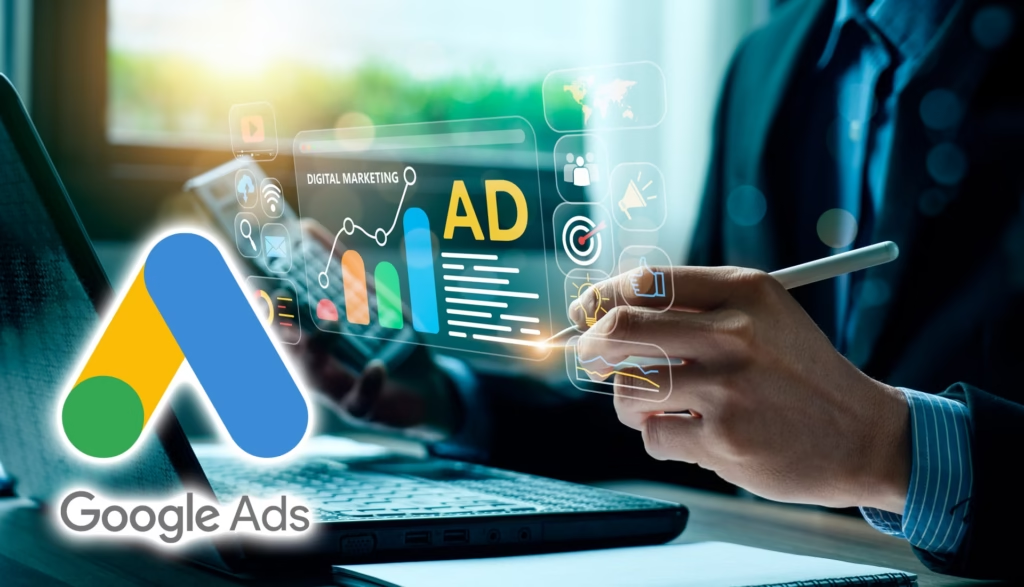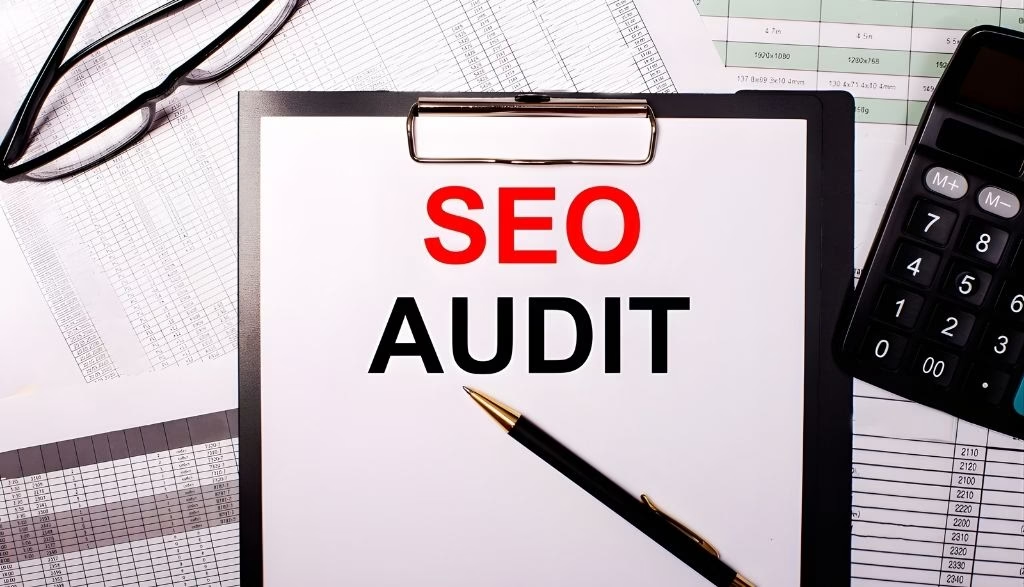Want to advertise your business on Google effectively?
But here’s the problem: you don’t know how much it costs. You’re probably wondering: Will Google Ads break my small budget? What if I spend money and get nothing? What if my competitors pay less than me? And honestly, what if I’m doing it all wrong?
So what’s the answer? How do you budget for Google Ads smartly? How do you make sure every dollar actually works?
The answer is understanding Google Ads Cost.
Wait, what exactly affects your Google Ads cost?
Your industry and competition determine how much you pay. Keywords cost different amounts based on demand and value. Your ad quality score lowers costs when done right. Daily budgets let you control spending completely and safely.
Whether you’re starting ads, struggling with budgets, or maximizing returns, this guide has you sorted.
You’re about to discover exactly how Google Ads pricing works.
What Is Google Ads Cost?
Google Ads value manner the cash you spend on online advertising and marketing. Every time someone clicks your ad, you pay a certain amount. The value in keeping with clicks depends on the opposition andyour advertisementt. Most corporations spend among 5 hundred and 5 thousand greenbacks monthly. Your actual charges vary based on industry and your business goals.
How Does Google Ads Cost Work?
Google uses a public sale device to decide ad placement and pricing. You bid on keywords that relate to your services or products. Higher first-rate ads often feel less than poorly made commercials nowadays. Google rewards organizations that create useful commercials for their audience. Understanding this device allows you to spend your marketing budget more accurately.
1. Main Factors That Affect Your Google Ads Cost
Industry competition stage: Some industries pay extra due to the fact clients are worth more money. Legal services and insurance groups often pay $8 per click. Retail and apparel groups would possibly pay only fifty cents per click. High competition keywords always price more than much less famous search terms. Your industry, without delay, affects how an awful lot you will spend every month.
Quality Score impact: Google rates your advertisements on a scale from one to ten. Better search rankings suggest you pay much less for each ad click. Your touchdown web page revel in impacts your general quality rating is extensive today. Relevant advert reproduction improves your score and decreases your advertising and marketing charges. Focus on fine to store cash whilst getting better advert positions.
Geographic vicinity concentrated on: Advertising in huge cities prices extra than advertising in small towns. New York and Los Angeles have better prices than rural regions. You can target unique places to manipulate your month-to-month advertising and marketing budget. Local organizations that specialize in their immediate vicinity.
Keyword choice approach: Broad keywords like marketing price are more than specific, longer keyword terms. Long tail keywords entice fewer searches but convert higher for groups. Emergency-associated searches typically have the best value according to click on rates. Choosing the proper key phrases helps you balance cost and conversion fulfillment. Research key phrases carefully before you start spending money on advertising and marketing campaigns.
Time and tool choices: You can pick out which instances your ads appear to customers every day. Mobile ads now and again price special quantities than desktop computer ad clicks. Adjusting bids with the aid of a tool allows you consciousness for your great clients. Ad scheduling helps you to display an advert.
2. Setting Up Your Google Ads Cost Strategy
Calculate your monthly finances: Decide how lots you may spend on advertising every month. Divide your month-to-month price range by thirty-four for daily spending. Google might spend two times your each day finances on high traffic days. The machine balances out to in shape your month-to-month spending desires flawlessly. Start with a comfortable quantity and grow based on your outcomes.
Determine price in step with conversion: Figure out how a lot profit each client brings to the business. Subtract your advertising price from the income you make from the sale. This range tells you if your Google Ads investment is working. Aim to spend less on ads than you earn from clients. Track this metric closely to make certain you live worthwhile with advertising.
Plan for seasonal changes: Holiday shopping season growth competition and lift fee in keeping with click charges. Back to high school durations and tax season also affect advertising costs. Budget extra cash in the course of peak instances when customers are shopping for more. Reduce spending in the course of sluggish months to keep cash for busy seasons. Planning beforehand facilitates you maximize effects for the duration of the whole calendar yr.
Start with check campaigns: Begin with small budgets to test specific key phrases and advert messages. Monitor outcomes for 2 to 3 weeks before increasing your spending. Testing helps you find what works before committing larger advertising budgets. Make adjustments based on real records in preference to guessing what works. Successful checks come up with self-belief to scale up your marketing efforts.
Set realistic overall performance goals: Don’t assume overnight achievement out of your first Google Ads marketing campaign release. Most campaigns need thirty to sixty days to reveal their actual ability. Set dreams for clicks, conversions, and return on your investment. Review progress weekly and make adjustments to enhance.
3. Ways to Reduce Your Google Ads Cost
Improve your Quality Score: Write ad copy that fits exactly what people are attempting to find. Create landing pages that load fast and solve consumer questions truly. Use relevant keywords for your commercials and on your website pages. Google rewards corporations that provide superb experiences for their users nowadays. Better Quality Scores suggest lower charges and higher ad placement positions.
Use negative key phrases: Add phrases that prevent your advertisements from showing for wrong searches. Someone looking for free services might not buy your paid product offerings. Block irrelevant terms to forestall losing cash on clicks that do not convert. Review search phrases weekly to find new bad keywords to add. This easy step can store masses of greenbacks every single month.
Focus on long tail key phrases: Target unique terms like quality virtual advertising corporation in Virginia nowadays. These longer searches have less competition and are much less consistent with click on. People who use unique search terms are typically prepared to shop for products. Long tail keywords often convert higher than brief, trendy keyword phrases. You get higher effects even as spending much less money on each click.
Optimize ad scheduling: Run advertisements throughout hours when your clients are most likely online. Restaurants may market it at some point during lunch and dinner hours for better effects. Turn off advertisements at some stage in hours, whilst you get clicks but no conversions. Save cash by way of focusing price range to your highest appearing time periods. This method improves efficiency and reduces wasted spending on bad hours.
Test extraordinary bidding strategies: Manual bidding gives you full control over each keyword bid amount. Automated bidding makes use of Google’s gadget to optimize bids for first-rate results. Try both methods to see which one works better for you. The target price is in keeping with the acquisition bidding focus.
4. Measuring Success and Return on Investment
Track conversion moves: Set up tracking for every movement you want customers to take. Monitor phone calls, shape submissions, and online purchases out of your ads. Knowing what works enables you put money into successful advertising strategies. Use Google Analytics to look at the entire consumer journey to purchase. Accurate tracking is crucial for making clever decisions about your budget.
Calculate go back on ad spend: Divide your overall sales by your overall advertising price for a percentage. A 4 hundred percentage go back approach 4 bucks earned for every dollar spent. Most have a goal of three to 5 times their investment. Lower returns might mean you need to improve your advertisements or concentrate on. Track this range monthly to ensure your campaigns continue to be worthwhile.
Monitor click-through charges: Higher click on charges normally suggest your commercials are relevant to searchers. Aim for click charges above the percent for search network campaigns. Low click rates endorse your advert reproduction desires development or a higher concentration. Good click charges enhance Quality Score and decrease your cost per click. Test exceptional ad messages to find what attracts your goal customers.
Review competitor performance: Use auction insights to see the way you examine to other advertisers. Check your impression share to see how frequently your ads appear. Lost impressions because of finances mean you may spend more profitably. Lost impressions because of rank imply you want better advertisements or better bids. Understanding opposition allows you to make better strategic selections about your spending.
Adjust based on records: Make adjustments to your campaigns based on what the numbers display. Increase budgets for campaigns that bring profit to your business constantly. Pause or fix campaigns that waste cash without generating suitable effects.
About Mighty Musketeers Digital Marketing Services
Mighty Musketeers enables corporations be successful with Google Ads and digital advertising and marketing strategies. Our crew creates campaigns that supply real consequences for your commercial enterprise. We cope with the whole thing from setup to everyday management and month-to-month reporting. Our services include seeking commercials, show ads, and social media control. We awareness on getting you the high-quality go back in your investment. Contact us these days to discuss how we are able to help develop your enterprise. Let our experts take care of your advertising and marketing whilst you focus on clients. Visit our website to learn extra about our digital advertising and marketing services.
Frequently Asked Questions
How a small business have to spend on Google Ads month-to-month?
Most small organizations spend between five hundred and three thousand dollars. Your budget relies upon for your enterprise competition and commercial enterprise needs nowadays. Start small and boom spending as you see high-quality effects coming. Track your return on investment to determine the proper financial amount. Work with specialists if you want help making plans for your advertising and marketing budget.
What is a superb fee consistent with a click for Google Ads?
The average fee for a click varies from fifty cents to eight bucks. Service organizations normally pay more than retail shops do for clicks. A top cost in step with click relies on your income, according to the client. Focus on your return on investment in place of just click fees. Lower expenses suggest nothing if ads do not deliver you paying clients.
How long does it take to look at Google Ads?
Most campaigns show initial outcomes within two to four weeks. Full optimization normally takes sixty to ninety days of steady campaign management. Quick outcomes are viable; however, sustainable achievement takes time and testing. Keep going for walks campaigns whilst making enhancements based on performance facts accrued. Patience and optimization lead to nice long-term marketing success.
Can I pause Google Ads if I run out of budget?
Yes, you may pause campaigns each time without penalty or more costs. Google charges you the most effective fees for actual clicks on your advertisements. Pausing offers you time to regulate strategy or look ahead to more budget. You can restart campaigns each time you’re equipped to put it up for sale once more. This flexibility makes Google Ads best for companies with conversion budgets.
Is Google Ads higher than Facebook Ads for my business?
Google Ads reaches humans actively attempting to find your products or services. Facebook Ads allows you to target people based on hobbies and demographics. Many companies use both platforms for special marketing goals and audiences. Test each to see which one works better for your business. The great preference relies upon your target audience and business objectives.












